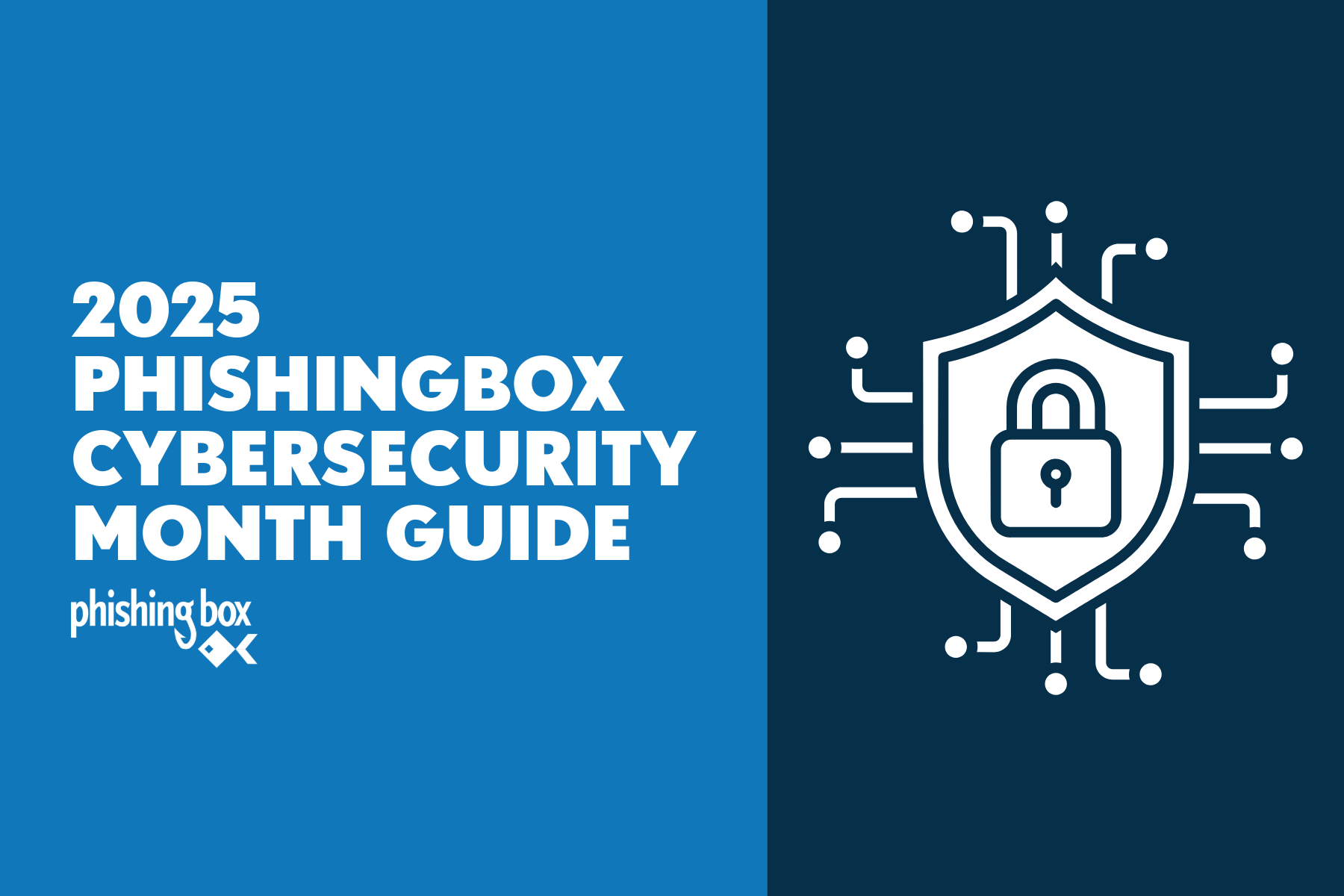Deepfakes continue to pop up and the age of AI is fueling their creation. These AI-generated synthetic items can be both a marvel and a menace.
Is your organization ready to spot and defend against these AI deepfakes?
Let's take a look at how AI has evolved and what's up next.
- The FCC’s Battle Against AI-generated Robocalls
New rules and regulations are part of progress. The Federal Communications Commission (FCC) recently tightened its grip on AI-generated robocalls. Why? Because these automated calls, fueled by deepfake technology, have become a breeding ground for scams, fraud, and misinformation. Here’s why the FCC took action:
- Pervasive Nuisance: Robocalls have inundated our lives, disrupting business and personal routines. Deepfake robocalls can mimic human voices, amplifying their effectiveness and potency.
- Impersonation Threat: Bad actors exploit deepfakes by impersonating trusted entities and organizations—banks, government agencies, companies, or even people like CEOs. Imagine receiving a call from your bank, only to realize it’s an AI clone attempting to steal your personal information!
- Economic Impact: The financial toll of robocall scams is staggering. The FCC estimates Americans lost over $10 billion to phone scams in 2020 alone.
- Real-world Deepfake Scams
The Spectrum of deepfake scams continues to widen and broaden. Deepfakes aren’t confined to Hollywood movie plots; they’re infiltrating our daily lives:
- Small-Time Cons: Petty criminals use deepfakes for low-level scams. Imagine a fake customer service representative duping unsuspecting victims into revealing sensitive data. Not a good situation for your business or you on a personal level.
- Corporate Espionage: Competitors can weaponize, or at least capitalize on, AI-generated deepfakes as they impact rival organizations. A CEO’s fabricated video confession could destabilize a company’s stock value and have lingering ramifications.
- Multimillion-Dollar Heists: The infamous Bangladesh Bank Heist serves as a chilling example. In 2016, cybercriminals used deepfakes to impersonate bank officials, siphoning $81 million from the bank’s account. The sophistication of these deepfakes blurred the line between reality and deception and resulted in an unforgettable example of why training and awareness are crucial components to cybersecurity.
- Political Manipulation: The Dark Art of Deepfakes
Political actors exploit deepfakes in many ways and can lead to serious probelms. Here are a few eays cybercriminals take advantage of the political landscape:
- Disinformation Campaigns: Deepfakes infiltrate political discourse, spreading false narratives and misinformation intentionally. Imagine a video of a prominent politician endorsing absurd policies contradicting their actual positions—except it’s entirely fabricated. What's real and what's fake?
- Opinion Shaping: Political operatives deploy deepfakes to sway public opinion. A doctored speech can ignite controversy, alter election outcomes, or erode trust in institutions.
- Weaponizing Trust: Deepfakes exploit our inherent trust in visual and auditory cues. When a leader’s face and voice are manipulated, truth becomes elusive and allows for misinformation to run rampant.
- Defending Against the Deepfake Onslaught
Organizations must fortify their defenses. Here are some tips on how to strengthen your cybersecurity strategies:
- Detection Tools: Invest in cutting-edge AI tools that can spot deepfakes. Real-time verification and media provenance tracking are crucial.
- Training and Awareness: Educate employees about deepfake risks. Phishing attacks using deepfakes will be the new frontier!
- Collaboration: Join partners and others in your industry to collectively combat deepfake threats by sharing best practices and solutions.
Remember, the battle against deepfakes isn’t science fiction—it’s our reality. As organizations adapt, they must use technology wisely while staying vigilant and aware of the risks and threats targeting them daily.


